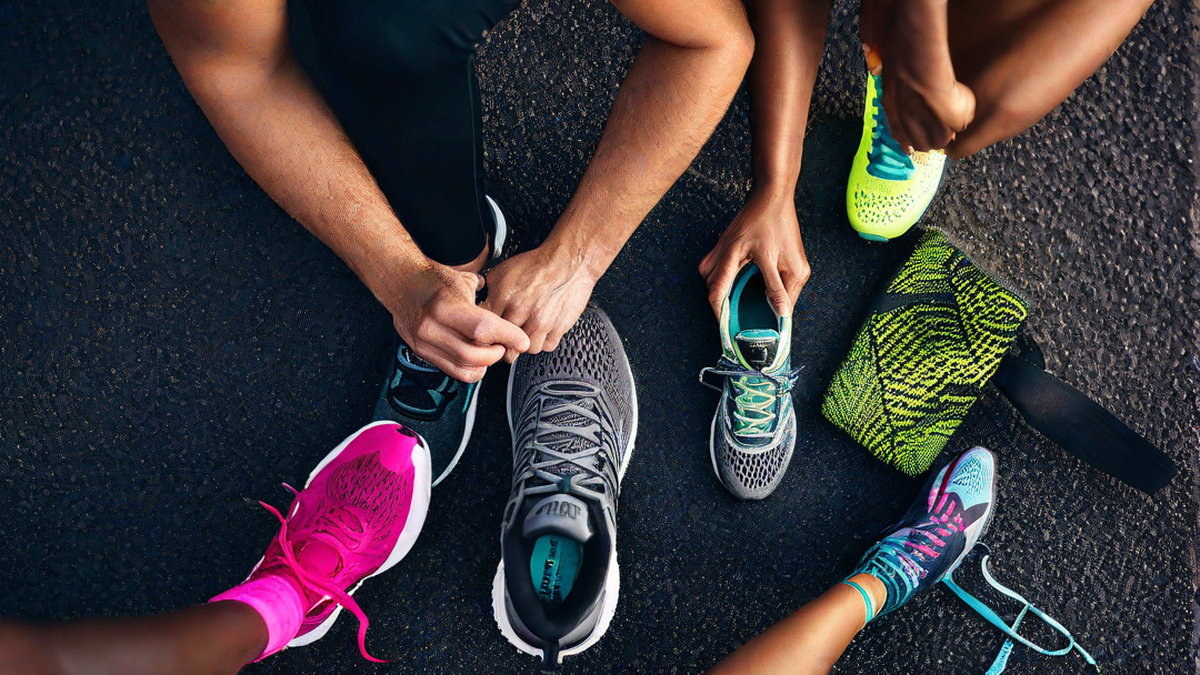When I first started running, I quickly realized that having the right pair of running shoes is essential. Not only do they provide comfort and support, but they also protect your feet from potential injuries. However, with so many options available, it can be overwhelming for beginners to choose the right pair of running shoes. Don’t worry, though! I’ve got you covered. In this article, I’ll guide you through the process of choosing running shoes as a beginner, sharing my personal experiences and tips along the way.
Understanding Your Foot Type
Before diving into the world of running shoe options, it’s important to understand your foot type. There are three main types: neutral, overpronation, and supination. Knowing your foot type will help you find shoes that provide the necessary support and stability.
I have a neutral foot type, which means that my feet have a natural arch and my weight is evenly distributed. This allowed me to choose a wide range of running shoe models designed for neutral runners. If you’re unsure about your foot type, you can visit a specialized running store where they can analyze your gait and recommend the right shoes for you.
Consider Your Running Surface
Another important factor to consider is the type of surface you’ll be running on. Different shoes are designed for different surfaces, such as road, trail, or track. If you’re planning to run mostly on roads, go for road running shoes. These shoes are designed to provide cushioning and stability on hard surfaces. If you’re more into trail running, then trail running shoes with rugged soles and added traction will be your best bet.
As a beginner, I started running on the pavement near my house, so I opted for road running shoes. They provided the necessary support and cushioning for a comfortable run.
Cushioning and Support
Cushioning and support are two crucial factors to consider when choosing running shoes. Cushioning helps absorb shock and reduces the impact on your joints, while support provides stability to prevent injuries.
For beginners, I recommend choosing shoes with moderate cushioning. These shoes strike a balance between comfort and responsiveness. They provide enough cushion to protect your feet without sacrificing responsiveness, which is important for a natural running stride.
In terms of support, look for shoes that offer stability if you have overpronation or supination. Overpronation is when your foot rolls inward too much, while supination is when your foot rolls outward. Both conditions can lead to injuries if not properly addressed. Shoes with support features like medial posts or firmer midsoles can help correct these issues and provide the stability you need.
Try Before You Buy
This is where personal preference comes into play. It’s essential to try on different pairs of running shoes before making a purchase. Everyone’s feet are unique, and what works for someone else might not work for you.
When I was choosing my first pair of running shoes, I went to a local running store and tried on several options. I jogged around the store, paying attention to how the shoes felt on my feet. I wanted something that felt snug but not tight, with enough room in the toe box to prevent any discomfort.
Price Considerations
Lastly, let’s talk about price. Running shoes can range from affordable to quite expensive. As a beginner, you don’t necessarily need to splurge on the most expensive pair. There are plenty of budget-friendly options that still offer quality and performance.
I remember being on a tight budget when I started running, so I chose a pair of mid-range running shoes. They served me well and lasted for a good amount of time before I needed to replace them.
In Conclusion
Choosing the right pair of running shoes as a beginner can seem overwhelming, but it’s worth taking the time to find the perfect fit. Understanding your foot type, considering your running surface, and prioritizing cushioning and support are key factors to consider. Don’t forget to try on different pairs and find what feels comfortable for you. And remember, you don’t have to break the bank to get a quality pair of running shoes. Happy running!

